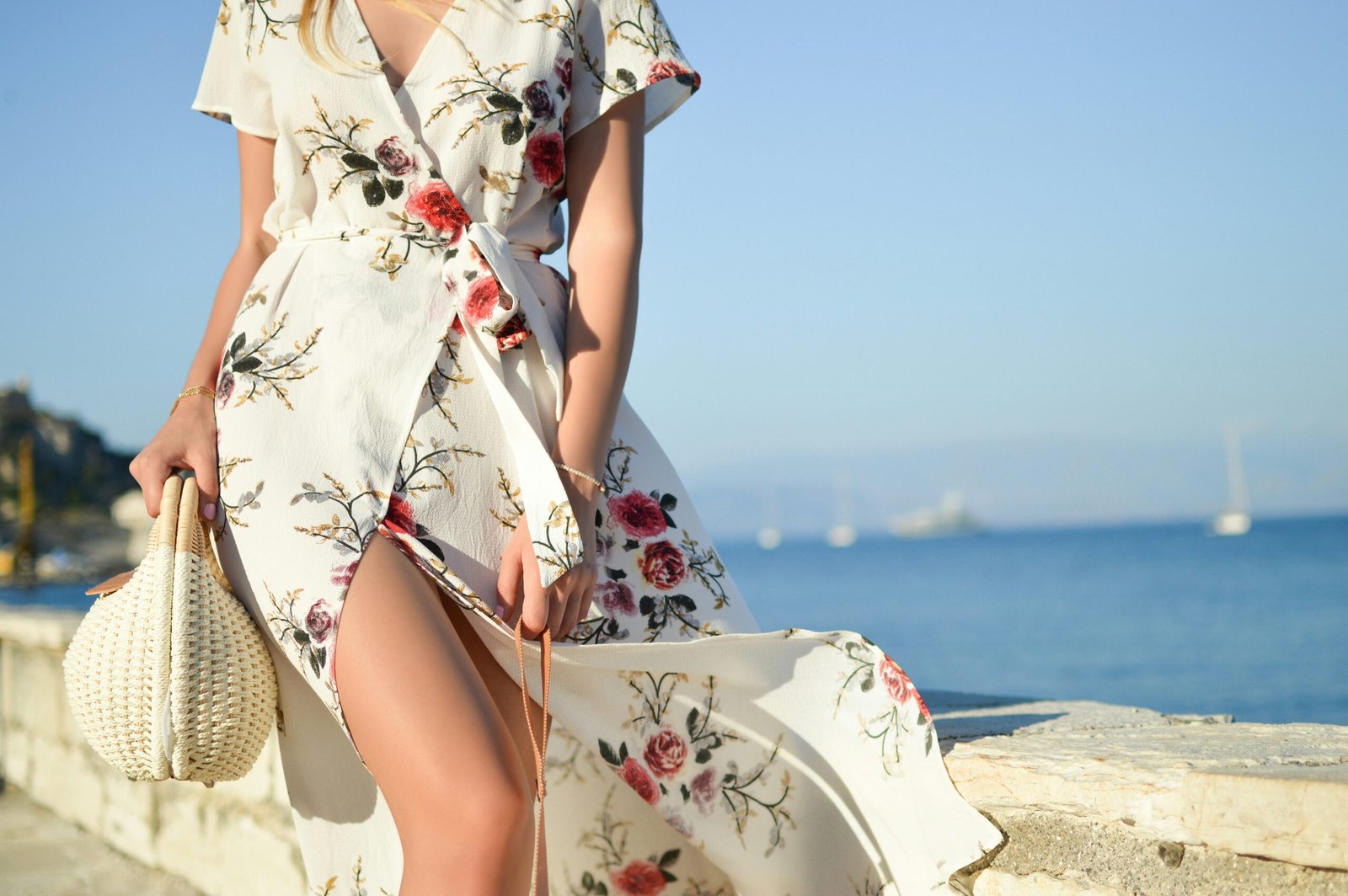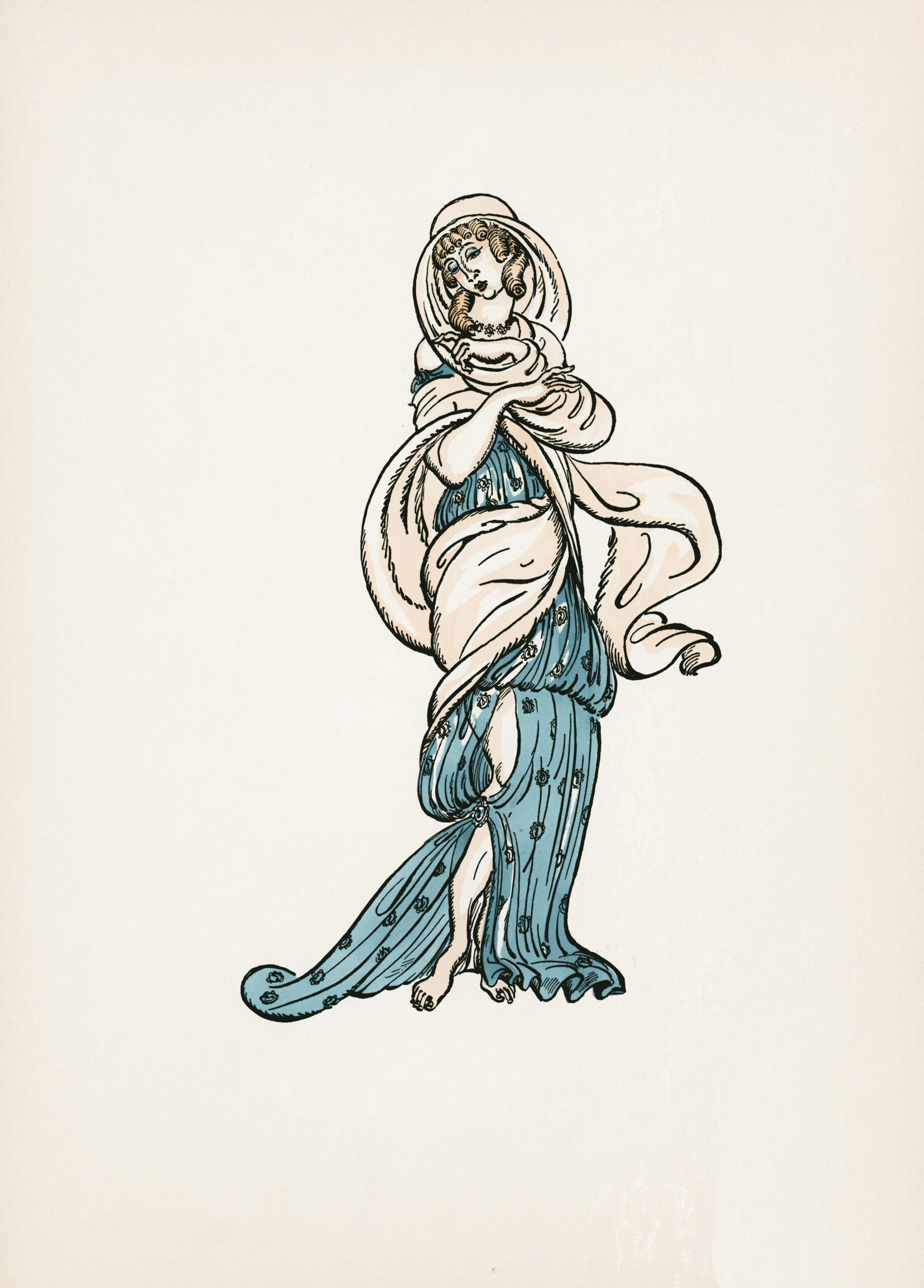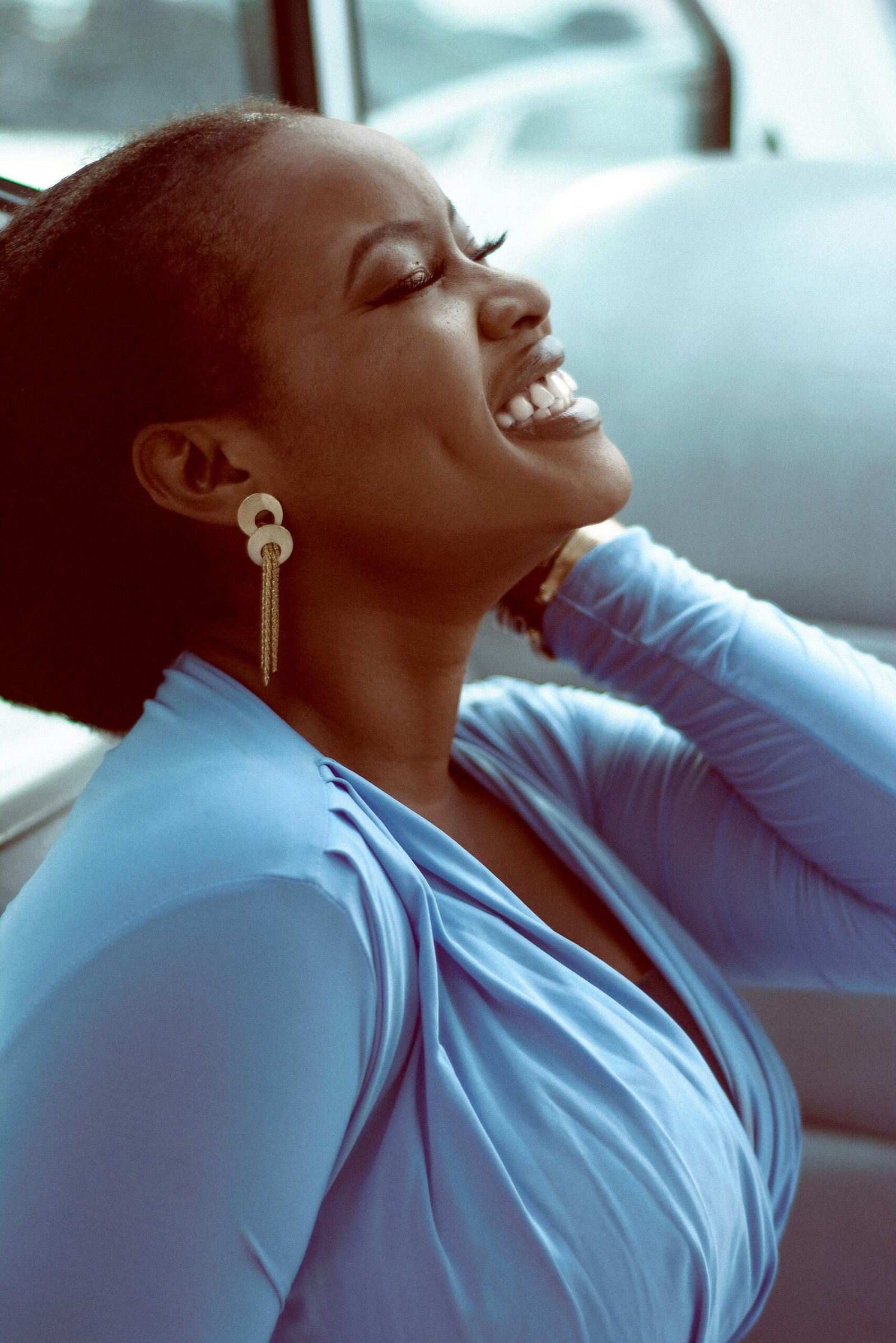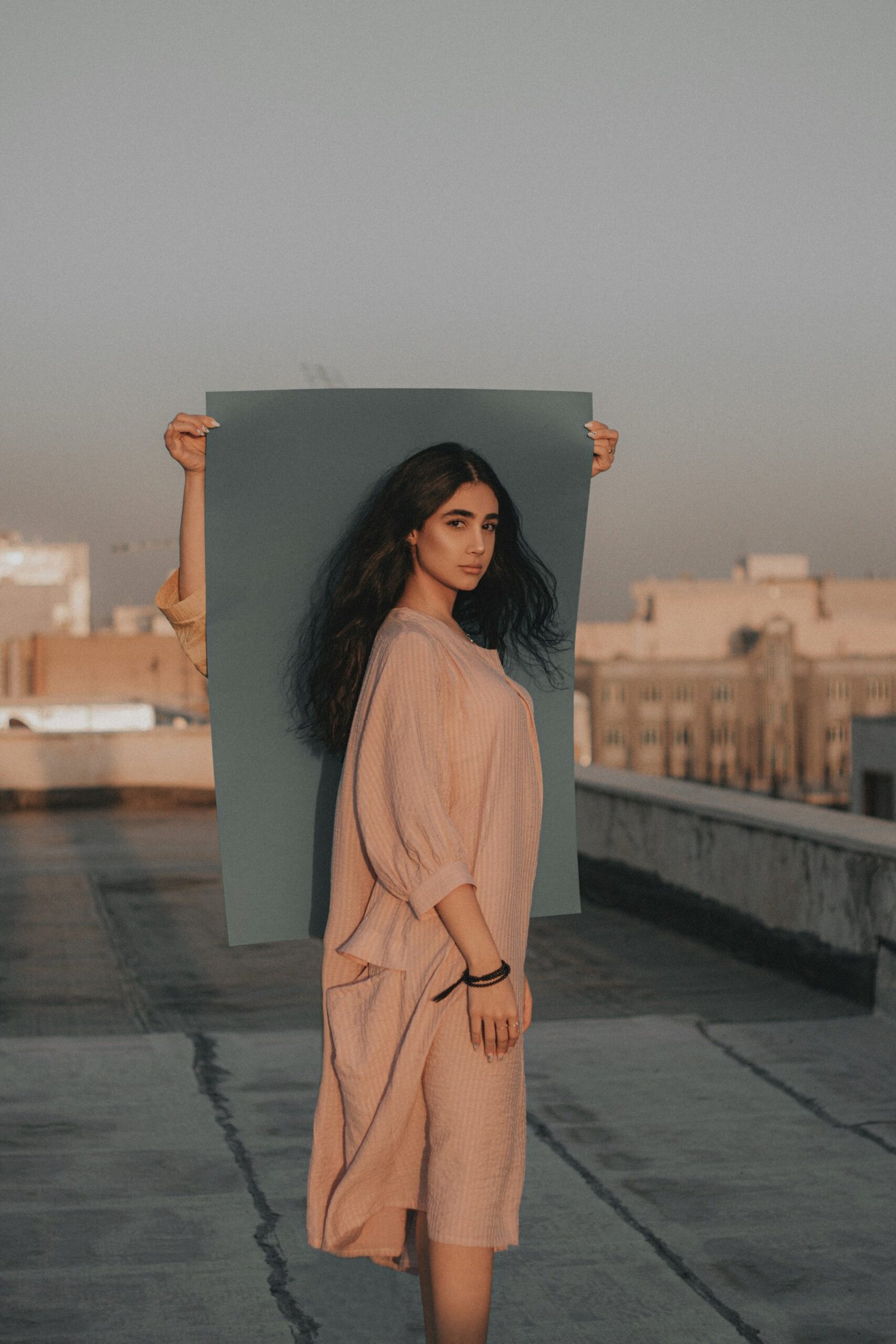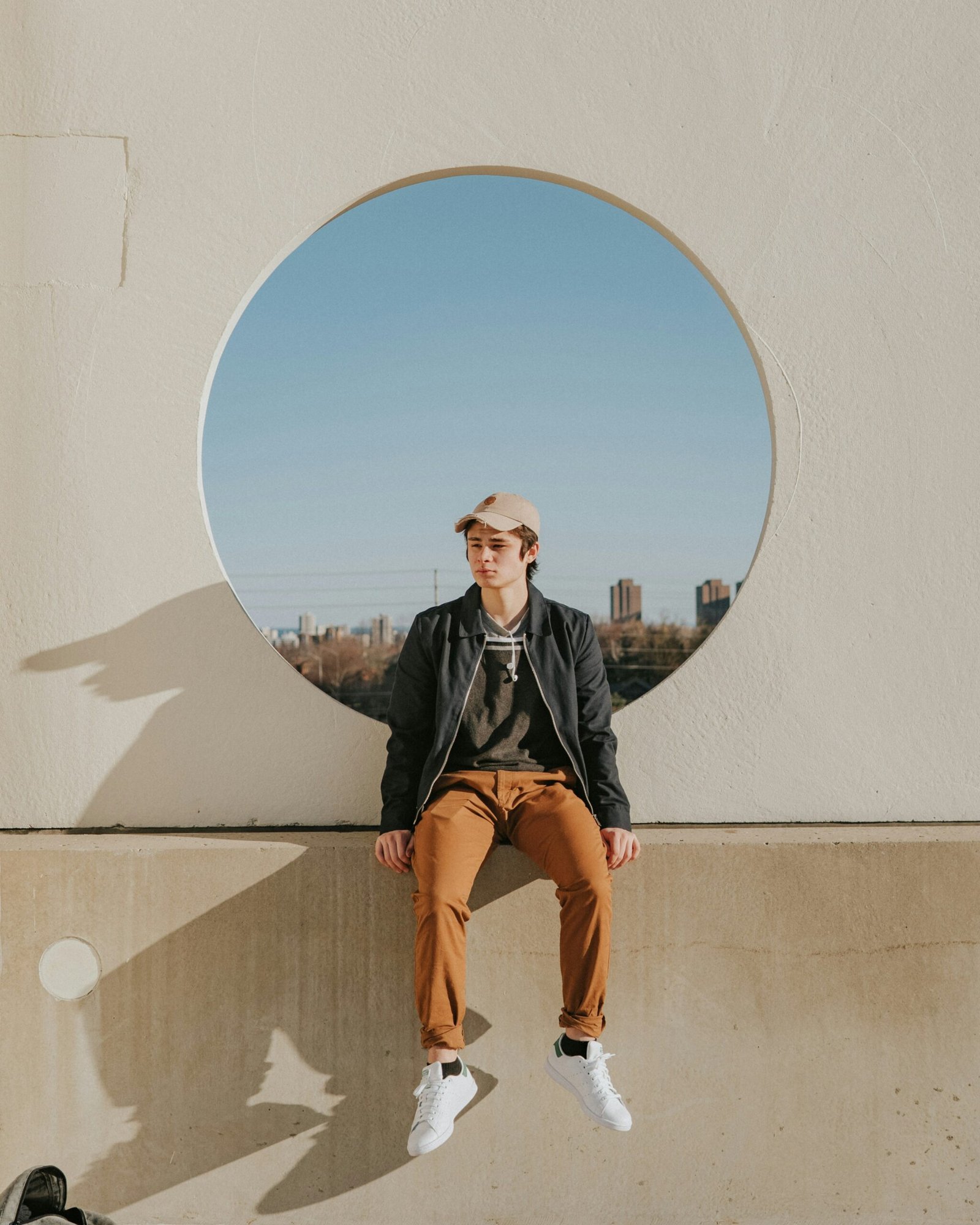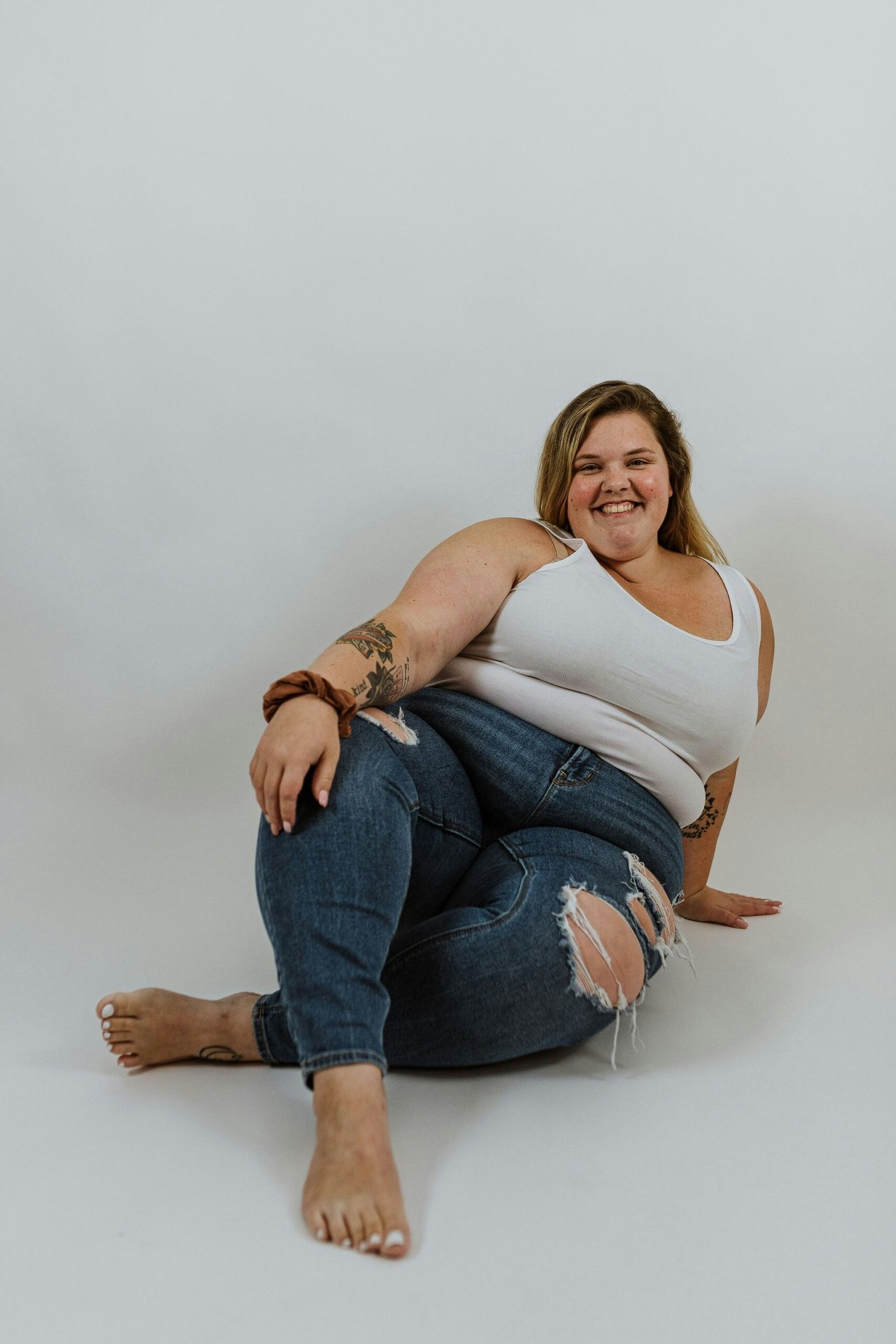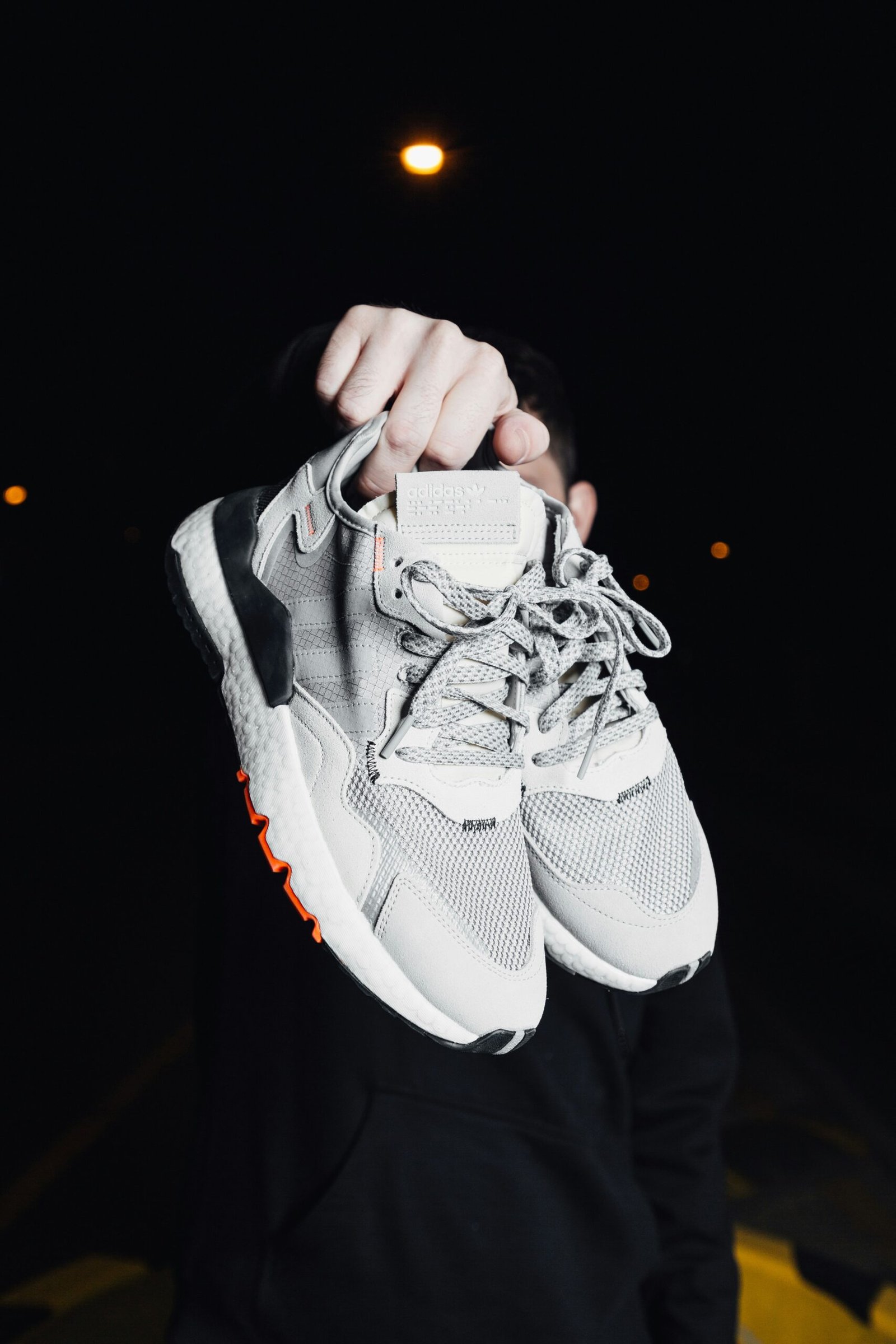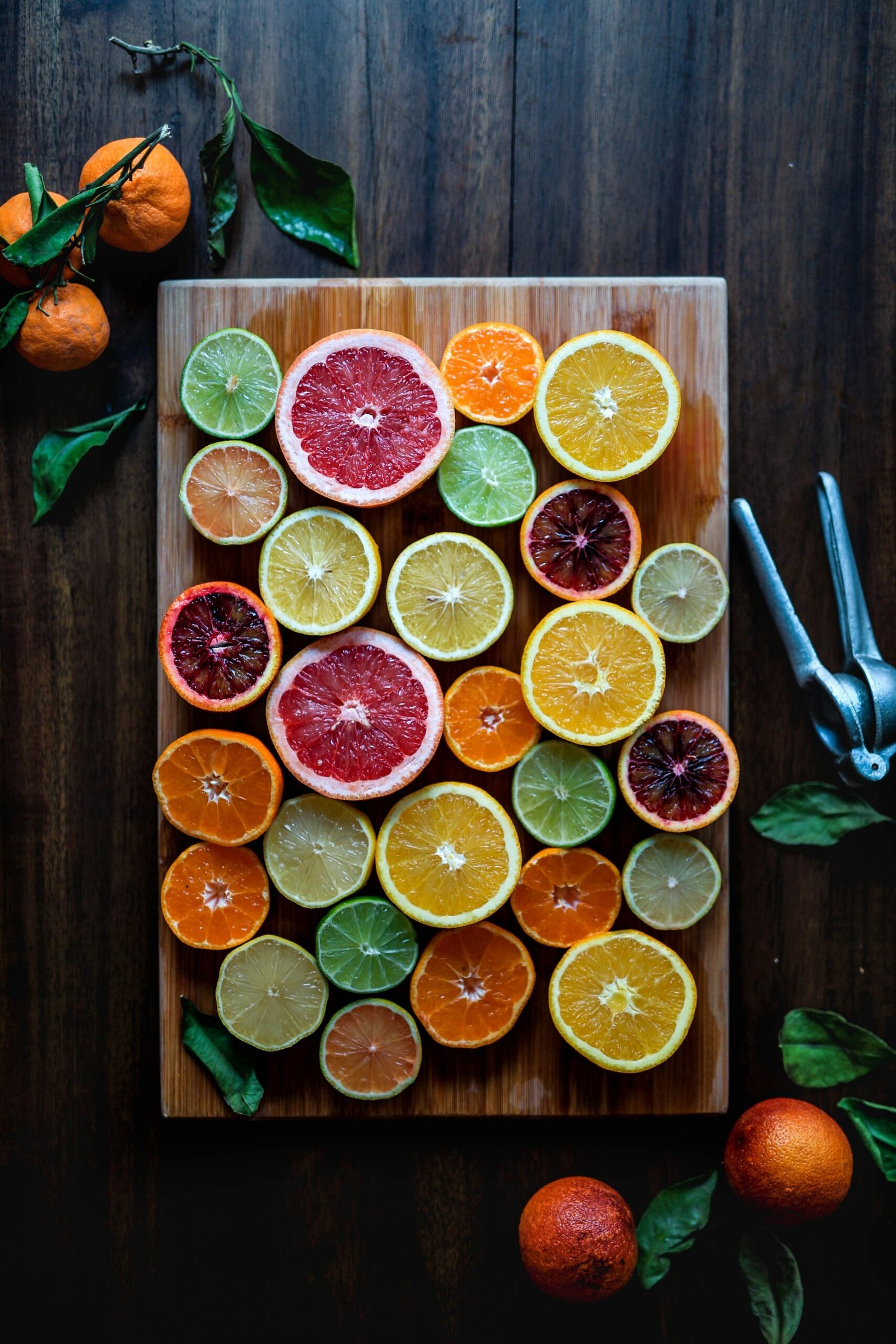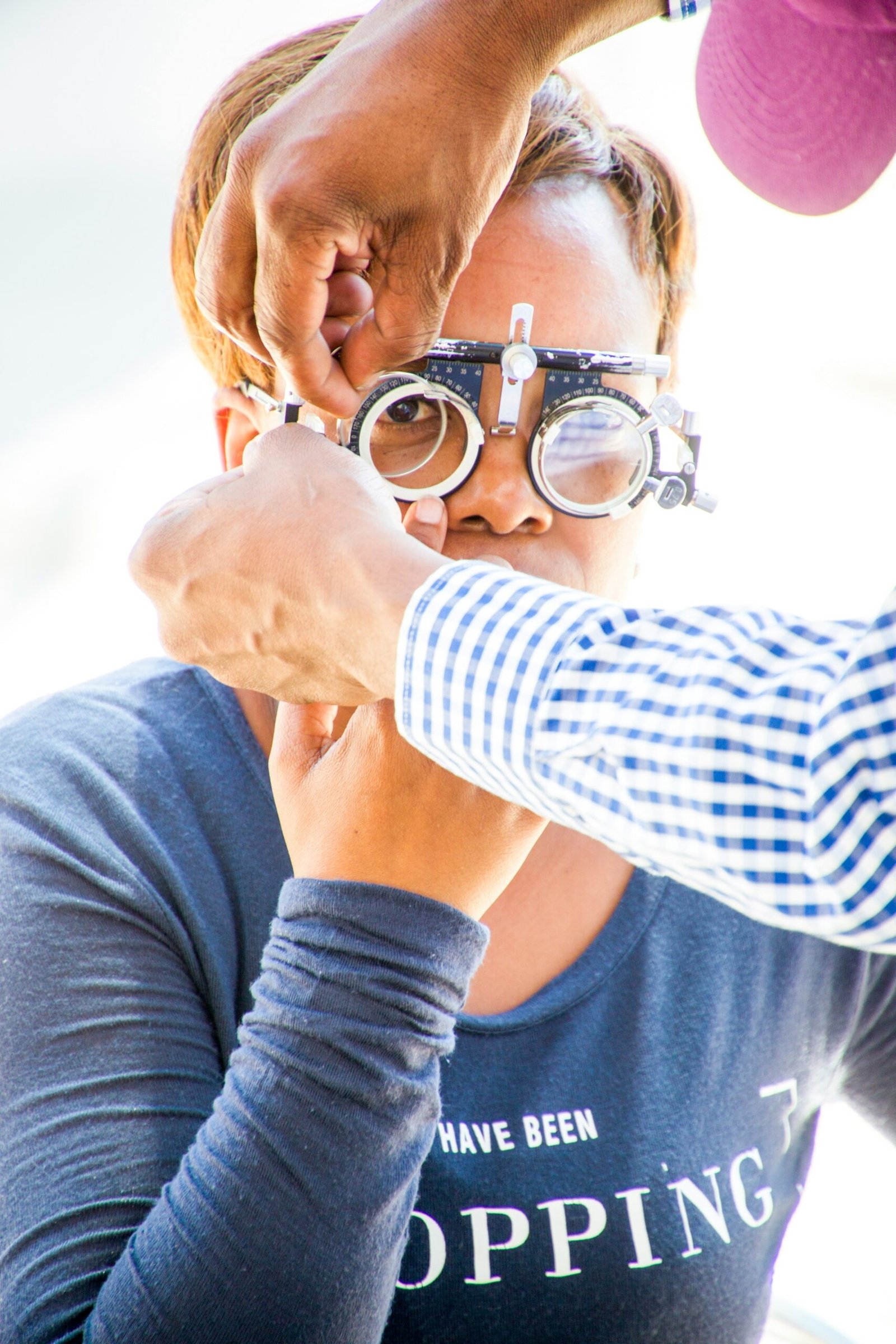Introduction to Elderly Fashion
Fashion is often perceived as the domain of the young, but it plays a crucial role across all age groups, including the elderly. Maintaining a sense of style and personal expression through clothing can significantly impact mental health, self-esteem, and social interactions. As individuals age, the importance of dressing well should not be underestimated, as it contributes to a sense of dignity and personal identity.
For the elderly, fashion can be an empowering tool that enhances confidence and encourages social engagement. A well-chosen outfit not only reflects personal taste but also fosters a sense of belonging and relevance in social settings. The psychological benefits of feeling well-dressed are profound, with studies indicating that dressing with care can lead to improved mood and a more positive outlook on life.
Age-appropriate fashion is a concept that emphasizes the balance between comfort and style. As the body changes with age, so do the needs and preferences in clothing. It is essential to choose garments that offer ease of movement, are made of breathable fabrics, and provide the necessary support. However, comfort does not have to come at the expense of style. Modern fashion for the elderly includes a plethora of options that are both fashionable and functional.
Striking this balance allows the elderly to express their individuality while accommodating their physical requirements. The fashion industry has increasingly recognized the need for stylish, age-appropriate attire, leading to a broader range of choices that cater to the elderly demographic. By embracing fashion that respects both their style preferences and physical needs, the elderly can enjoy a sense of pride and satisfaction in their appearance.
In summary, the importance of fashion for the elderly cannot be overstated. It is a vital aspect of mental well-being, self-esteem, and social life. Understanding and incorporating age-appropriate fashion ensures that the elderly can continue to enjoy the myriad benefits that come with dressing well, reinforcing their sense of identity and enhancing their quality of life.
Understanding the Needs of Elderly Fashion
Fashion for the elderly requires a nuanced approach that goes beyond mere aesthetics. One of the primary considerations is comfort. Elderly individuals often have specific needs regarding clothing that must be met to ensure daily wear is both pleasant and practical. Fabrics play a critical role in this aspect; materials such as cotton, bamboo, and other soft, breathable fabrics are ideal. These fabrics are not only gentle on sensitive skin but also allow for better air circulation, reducing the risk of skin irritations.
Ease of wear is another essential factor in elderly fashion. Clothing should be designed to be easy to put on and take off, especially for individuals with limited mobility or those suffering from conditions like arthritis. Adaptive clothing, which includes features like Velcro fastenings, magnetic buttons, and elastic waistbands, can significantly enhance the ease of dressing and undressing. This adaptability is crucial for maintaining a sense of independence among elderly individuals.
Accessibility in fashion extends to the functionality of the garments as well. For example, shoes with non-slip soles and adjustable straps can provide better support and safety for those with mobility issues. Similarly, clothing that offers ample room for movement without being too loose can help prevent falls and enhance overall comfort.
Health issues such as arthritis, osteoporosis, and reduced mobility often dictate the kind of clothing that is most suitable for elderly individuals. Compression socks, for instance, can improve circulation and reduce swelling, while lightweight, layered clothing can help regulate body temperature more effectively. Additionally, garments with built-in support features, such as back braces or posture-correcting elements, can provide added comfort and alleviate pain.
Ultimately, fashion for the elderly should prioritize functionality without compromising on style. Thoughtful design can ensure that elderly individuals not only feel comfortable but also look stylish and dignified. By addressing specific needs and incorporating practical features, fashion can play a significant role in enhancing the quality of life for elderly individuals.
Classic Wardrobe Staples for Seniors
As individuals age, maintaining a sense of style while prioritizing comfort becomes essential. Classic wardrobe staples provide a practical and stylish foundation for elderly individuals, allowing them to feel confident and comfortable in their clothing choices. Key items such as well-fitted trousers, comfortable shoes, versatile tops, and reliable outerwear serve as the backbone of a timeless wardrobe.
Well-fitted trousers are a fundamental piece in any senior’s wardrobe. These trousers should offer a perfect blend of comfort and style, featuring elastic waistbands or adjustable closures to accommodate varying body shapes and sizes. A neutral color palette, including shades of black, navy, and beige, ensures that these trousers can be easily paired with a variety of tops for different occasions.
Comfortable shoes are another essential wardrobe staple. Seniors should opt for shoes that provide adequate support and cushioning to reduce strain on the feet and joints. Slip-on styles or those with Velcro closures offer ease of wear, while still maintaining a fashionable appearance. Brands specializing in orthopedic footwear often offer stylish designs that do not compromise on comfort.
Versatile tops play a crucial role in creating multiple outfits from a limited number of pieces. Classic button-down shirts, soft knit sweaters, and tailored blouses are excellent choices. These tops should be made from breathable fabrics to ensure comfort throughout the day. Layering options, such as cardigans and lightweight jackets, add an extra dimension of style and practicality, accommodating varying temperatures and activities.
Outerwear is another important aspect of a senior’s wardrobe. Investing in high-quality coats and jackets can provide both warmth and style. Trench coats, wool overcoats, and quilted jackets are timeless options that offer protection against the elements while enhancing the overall look. Opting for neutral colors and classic cuts ensures these pieces remain in style for years to come.
Incorporating these classic wardrobe staples allows elderly individuals to create a variety of stylish and age-appropriate looks. By focusing on comfort, practicality, and timeless design, seniors can enjoy a wardrobe that meets their needs while keeping them looking chic and put-together.
Incorporating Modern Trends in an Age-Appropriate Way
Incorporating modern fashion trends into the wardrobes of elderly individuals is not only possible but can also be quite enjoyable. With a few thoughtful adjustments, seniors can embrace contemporary styles while maintaining comfort and appropriateness. One effective strategy is to make use of accessories. Scarves, hats, and statement jewelry can introduce a touch of modernity without overwhelming the overall look. These additions can easily refresh an outfit, providing a stylish update that is both subtle and chic.
Another important consideration is the color palette. Older adults may prefer softer, more muted tones, which are not only flattering but also easier to mix and match. Pastels, earth tones, and classic neutrals can be elegant and sophisticated, providing a timeless base for any wardrobe. However, this does not mean that bold colors should be entirely avoided. Strategically incorporating vibrant hues through accessories or accent pieces can add a contemporary flair without compromising on comfort.
When it comes to choosing silhouettes, the focus should be on flattering cuts that enhance the body’s natural shape. A-line dresses, tailored pants, and structured blazers can offer a modern twist while ensuring that the fit remains comfortable and age-appropriate. Fabrics that drape well and offer a bit of stretch can also be beneficial, as they provide ease of movement and a graceful appearance.
Layering is another technique that can help in adapting modern trends. Cardigans, lightweight jackets, and shawls can add depth and interest to an outfit. They also offer practicality, as they can be easily removed or added according to the weather or personal comfort level.
Incorporating modern trends into an elderly individual’s wardrobe does not mean a complete overhaul. Small, thoughtful changes can make a significant impact, allowing seniors to enjoy a contemporary style that feels both comfortable and appropriate for their stage in life.
Dressing for Different Occasions
Choosing the right outfit for different occasions can significantly influence how comfortable and confident one feels, particularly for the elderly. Whether it’s a casual outing, a formal event, or an evening gathering, dressing appropriately while maintaining style is essential. Here are some tips and outfit ideas to ensure you are dressed suitably for any occasion.
For casual outings, comfort is key. Opt for breathable fabrics like cotton or linen, which are perfect for day-to-day activities. A pair of well-fitted jeans or comfortable slacks paired with a soft, stylish top can be both practical and chic. Layering is particularly advantageous in casual settings, as it allows for adaptability to changing weather conditions. Consider a light cardigan or a jacket that can be easily removed or added as needed.
When it comes to semi-formal occasions, such as a dinner with friends or a family gathering, a bit more effort is required. A nice blouse or shirt coupled with tailored trousers or a knee-length skirt can strike the perfect balance between comfort and elegance. For men, a collared shirt with chinos or dress pants works well. Adding accessories like a tasteful necklace or a scarf can elevate the outfit without sacrificing comfort.
Formal events, such as weddings or galas, call for more sophisticated attire. A well-fitted dress or a stylish suit is always a good choice. For women, dresses that offer structure and support, such as those with built-in shapewear, can enhance comfort. Men should consider a classic suit with a tie, ensuring that it fits well and allows for ease of movement. It’s also wise to choose shoes that are both stylish and comfortable, as formal events often involve standing or walking for extended periods.
Transitioning from day to night can be seamlessly achieved with a few adjustments. For instance, adding a statement piece of jewelry or swapping a casual jacket for a more formal one can instantly change the tone of an outfit. The goal is to select versatile pieces that can be easily dressed up or down.
Ultimately, the essence of dressing for different occasions lies in balancing style with ease. By considering the nature of the event and prioritizing comfort, elderly individuals can feel confident and look their best in any setting.
Adaptive Clothing for Seniors
Adaptive clothing is a transformative concept in the fashion industry, specifically designed to address the unique needs of seniors with physical limitations. This innovative apparel aims to make dressing a more manageable and dignified experience, particularly for those who may struggle with conventional clothing due to arthritis, mobility issues, or other disabilities.
One of the standout features of adaptive clothing is the use of Velcro closures. Unlike traditional buttons and zippers, Velcro offers ease of use, allowing individuals to fasten garments with minimal effort. This is particularly beneficial for those with limited dexterity or strength in their hands. Magnetic buttons are another popular feature, providing a secure yet easily manageable fastening option that simplifies the process of dressing.
Easy-access designs are also a hallmark of adaptive clothing. These designs often include open-back tops, side-zip pants, and other modifications that enable easier dressing and undressing. Such features are not only convenient for the wearers but also for caregivers who assist them, ensuring that the process is both efficient and comfortable.
Several brands have emerged as leaders in the adaptive fashion market, offering stylish yet functional options for seniors. Retailers like Silverts and Buck & Buck specialize in adaptive clothing, providing a wide range of apparel that combines practicality with contemporary design. These brands understand the importance of maintaining a sense of style and dignity, while also prioritizing comfort and accessibility.
In addition to specialized retailers, mainstream brands are beginning to recognize the value of adaptive clothing. Companies such as Tommy Hilfiger and Zappos Adaptive have launched collections that cater to the needs of seniors and individuals with disabilities, further expanding the availability and visibility of adaptive fashion.
By integrating thoughtful design elements and practical features, adaptive clothing not only addresses the physical challenges faced by seniors but also contributes to their overall well-being and sense of independence. This growing trend in fashion is a testament to the industry’s commitment to inclusivity and innovation.
Styling Tips to Enhance Confidence
Fashion can play a pivotal role in enhancing confidence, particularly for elderly individuals who wish to embrace their age while maintaining a stylish appearance. Selecting the right colors can significantly impact one’s overall look. Opt for vibrant hues and pastels that complement skin tones, as these can illuminate the face and exude a youthful glow. Neutral shades such as navy, beige, and soft greys are timeless choices that add sophistication without overwhelming the ensemble.
Patterns also contribute to a dynamic wardrobe. Subtle prints and classic patterns like stripes, checks, and florals can inject personality into outfits without appearing too overpowering. When selecting patterns, ensure they are proportionate to body size to avoid any unflattering effects. Mixing and matching patterns with solid colors can also create a balanced and cohesive look.
Accessories are essential elements that can elevate any outfit. Simple yet elegant pieces like scarves, brooches, and understated jewelry can add a touch of refinement. Additionally, functional accessories such as stylish hats and well-crafted handbags not only enhance the look but also serve practical purposes.
Grooming and skincare are integral to maintaining a polished appearance. Regular haircuts and styling can keep hair looking fresh and manageable. For men, a well-groomed beard or clean-shaven look can significantly uplift their appearance. Skincare routines that focus on hydration and protection from the sun are crucial, as healthy skin forms the foundation of any great look.
Maintaining a neat and polished look extends to clothing care. Ensure garments are clean, well-ironed, and fit comfortably. Tailoring clothes to fit properly can make a substantial difference, providing a tailored and elegant silhouette.
By integrating these styling tips, elderly individuals can feel empowered and confident, embracing their age with grace and style.
Personal Stories and Inspirations
Fashion for the elderly is more than just clothing; it is a statement of individuality, a source of confidence, and a way to embrace one’s age with grace and style. Take, for instance, the story of Marjorie, a 75-year-old retiree who has always had a passion for fashion. Marjorie shares, “I’ve always believed that age is just a number. Dressing well makes me feel vibrant and alive. It’s my way of showing the world that I am still here, living my best life.” Her wardrobe, filled with colorful scarves, elegant dresses, and well-fitted blazers, reflects her zest for life and her refusal to fade into the background as she ages.
Similarly, John, an 80-year-old grandfather, finds joy in dressing up for his daily walks. “I used to think fashion was for the young, but my granddaughter taught me otherwise. Now, I look forward to picking out my outfits. It’s given me a new sense of purpose,” he says. John’s story illustrates how fashion can bridge generational gaps and create meaningful connections within families. His neatly pressed trousers and stylish hats have become his signature look, earning him compliments from neighbors and strangers alike.
Then there is Evelyn, a 68-year-old former school teacher, who has embraced fashion as a form of self-expression. After retiring, she took up sewing and began crafting her own clothes. “Creating my own outfits has been incredibly rewarding. It allows me to express my creativity and ensures I have pieces that fit perfectly and make me feel confident,” Evelyn explains. Her handmade garments, tailored to her unique style and body shape, have not only boosted her self-esteem but also inspired others in her community to explore their own fashion potentials.
These stories underscore the transformative power of fashion for the elderly. By embracing stylish and age-appropriate clothing, seniors like Marjorie, John, and Evelyn are not only enhancing their own lives but also challenging societal stereotypes about aging. Their experiences serve as powerful reminders that fashion is for everyone, regardless of age, and that looking good can positively impact one’s mental and emotional well-being.

